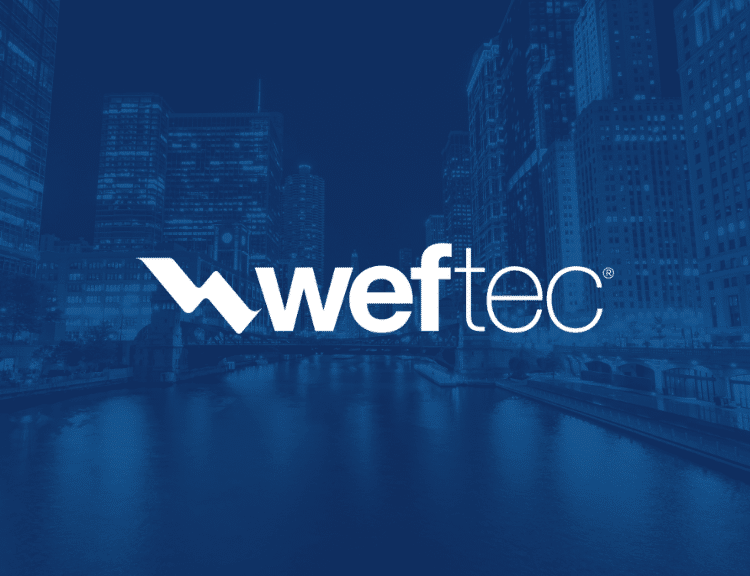Artificial intelligence (AI) is huge right now, and everyone is talking about its potential. That said, machine learning (ML) also has its own buzz. While these concepts are sometimes used interchangeably, does that mean they’re the same thing? If not, how are they different? In this post, we’ll explore just that.
TL;DR: If you want to get technical, machine learning is a subset of artificial intelligence. But for BlueConduit’s purposes, we use the language interchangeably. It’s all about statistics, so it’s more important to us to use best practices in statistical modeling.
What is Artificial Intelligence (AI)?
AI has roots going back to the 1950s, when John McCarthy, widely regarded as the father of AI, and other researchers first defined the concept. They defined AI as any program or machine that could complete a task that a human would have to apply “intelligence” to in order to complete that same task. This of course, is a pretty broad definition of AI. As the field of AI grew and scientists refined their definitions, the term took two different paths: Narrow AI, and general AI.
Let’s start with narrow AI. Narrow AI is a specific intelligence that is applied to a program or machine. This is the AI that’s typically used in our everyday lives, from surgical robots to voice assistants like Siri or Alexa. It may not be dynamically changing – a computer that can translate a document from one language to another could be considered a form of AI, but it takes from a certain set of words that have already been programmed in and doesn’t recognize new words that may come from your document. In other words, the intelligence the machine is applying is very specific (or narrow) in scope.
General AI, on the other hand, is much broader (as the name implies) and encompasses the new generation of AI tools you’re likely seeing and hearing about today. General AI can be applied to machines like the Terminator or HAL, nearly-human programs that can evolve and adapt to anything the world throws at them, much like a human. When we think of large language models, or programs that are trained on immense amounts of data, that is a form of general AI.
Machine Learning (ML)
Machine Learning is a specific type of AI where computers take data and “teach” themselves (or learn) through algorithms and statistical analysis to be more accurate in their analysis of that data and any pattern predictions that arise as a result. If you talk to some researchers, they would say that all machine learning is a form of AI, but not all AI is machine learning.
One example of machine learning is search engine recommendations. Based on specific patterns – your search history and the results you clicked on or products you bought – search engines have taught themselves to find similar products or articles that they think would be relevant and interesting to you, solely based on the data you entered previously.
It’s important to remember that machine learning and artificial intelligence both use statistical modeling – the likelihood that the results you get will be the ones you expect – so machine learning is not a guarantee that it’ll get it exactly right. Per our search engine recommendations example, the algorithms employed by Google and others aren’t always 100% accurate (and never can be, because of the nature of statistics). If you search “where can I buy bows” you may get results for archery stores or children’s clothing. Two very different things! Until you give more data to the engine, it can’t know what you’re looking for (“where can I buy hair bows” vs “where can I buy archery kits”).
What does BlueConduit use?
BlueConduit’s data scientists use machine learning models and other statistical methods. You’ll often see us using these words, along with AI, interchangeably because all of these things utilize statistical models and academically-based statistical modeling best practices.
Our job is to use statistics to help water utilities manage uncertainty in their data to make better data-driven decisions; for example, in our LSL predictions product, we help customers understand where lead service lines likely exist in their infrastructure so they can make data-driven decisions about how to remove those lines. We ask our customers for any existing data about their water infrastructure, such as historical repair records, census data, tax records, etc. to give our models a baseline to start with. Many times these records are incomplete or inaccurate, so we ask for a representative sample of physical verifications. We then use all of this data to refine our predictions. For us, we want to eliminate biases in the data and ensure we’re using best practices in statistical modeling. Above all, we still include a human element to all of this – our data scientists (who are real humans, doing real human things!) make decisions about how to best use and train our models to ensure the highest level of accuracy and representativeness.
No matter how you define it, artificial intelligence has a huge impact on people personally and within the business landscape. That’s probably a good thing for the most part, but it is important that these tools are used ethically and in alignment with statistical best practices, to ensure accuracy and minimized bias in results. As the field has evolved, so have the uses and examples of AI we can apply to everyday life. It’s present in everything from driverless cars, computers that play Jeopardy!, and solutions that can help you remove lead pipes from your water infrastructure. What will come next?





